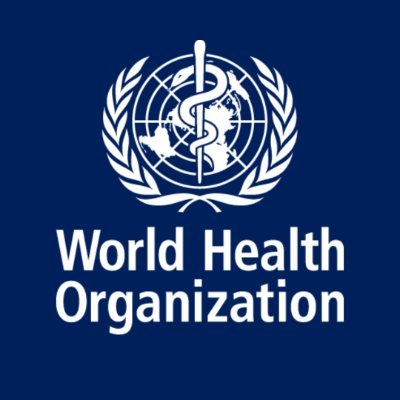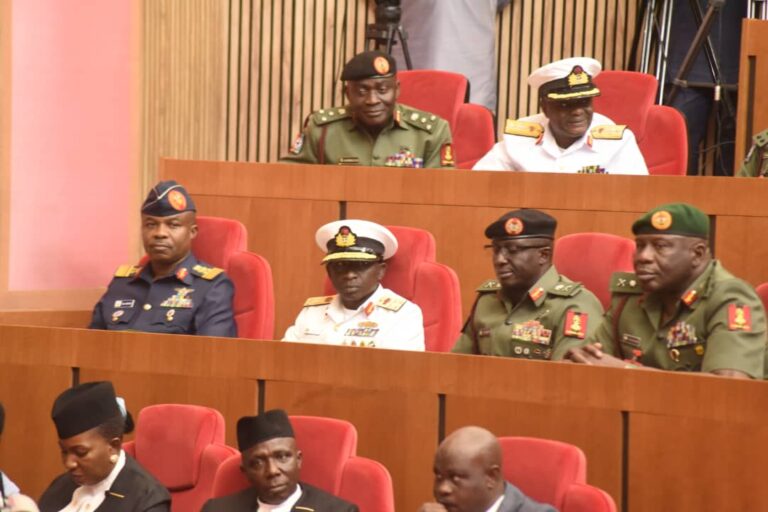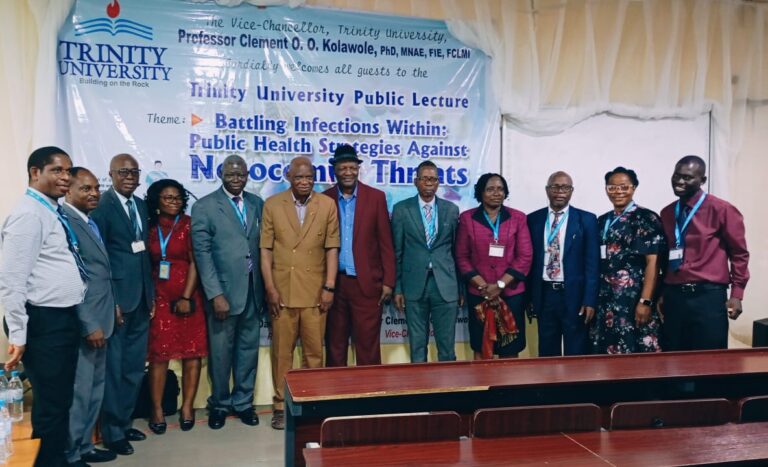
The World Health Organization (WHO) has addressed concerns over the increased circulation of respiratory viruses in China, attributing the rise to typical winter patterns.
Despite growing public attention, the UN health body has confirmed that no emergency declarations have been made.
According to WHO, human metapneumovirus (HMPV), a common respiratory virus, has been spreading across parts of Asia, including China, India, Malaysia, and Kazakhstan. The Chinese Center for Disease Control and Prevention (China CDC) recently reported an uptick in respiratory infections such as seasonal influenza, respiratory syncytial virus (RSV), HMPV, and SARS-CoV-2 in data collected through December 29.
Speaking at a press briefing in Geneva, WHO spokesperson Dr. Margaret Harris emphasized that the rising infections in China remain within the expected winter range. She added that hospital utilization in China is currently lower than it was during the same period last year, and no emergency responses have been triggered.
“Seasonal influenza is by far the most common pathogen reported by China CDC and continues to increase,” Dr. Harris said. She also highlighted that influenza test positivity rates exceeded 30% among individuals with flu-like symptoms at sentinel sites in late December.
Dr. Harris explained that the trends in respiratory infections in China are consistent with seasonal patterns observed across the Northern Hemisphere, including in Asia, Europe, Africa, and the Caribbean. These trends are monitored as part of the WHO’s Global Influenza Surveillance and Response System.
Addressing media speculation about HMPV, Dr. Harris clarified that it is not a new virus. HMPV is a respiratory virus that can cause illnesses ranging from mild cold-like symptoms to severe respiratory infections, particularly in young children, older adults, and individuals with weakened immune systems.
China’s Foreign Ministry assured that it would continue to release timely and transparent updates on infectious diseases in accordance with the law.
READ ALSO:
World AIDS Day 2024: A Call to Protect Human Rights, Overcome Barriers to HIV Elimination – WHO
UNDP-HerAfCFTA Empowers Nigerian Women with MSME Trade Skills
Meanwhile, the Nigeria Centre for Disease Control and Prevention (NCDC) has directed hospitals across the country to strengthen Infection Prevention and Control (IPC) measures. The NCDC advised healthcare facilities to allocate isolation rooms for promptly managing cases while providing necessary care.
Currently, there is no specific antiviral treatment or vaccine for HMPV. Symptoms of the virus include cough, fever, nasal congestion, shortness of breath, and wheezing.
The WHO continues to monitor the situation closely as part of its broader efforts to track global respiratory virus trends during the winter season.





